How many of you know what Sputnik is? I'm guessing the younger section of the audience may be scratching their heads. Sputnik was the first man-made satellite to orbit the earth. It was sent up into space by the Soviet Government (Russians). That was in 1957 and was a really big deal. Now we barely give all the satellites up in space a second thought. And they have gotten a lot more complicated and intricate. A satellite is anything that revolves around a planet. The path might be circular, it might be elliptical. Hey, anyone know who Johannes Kepler is? Good name to look up. Anyway, the moon is a natural satellite of earth. I'm not going to go into depth about satellites and all the things they do. In fact, you might be thinking, why is she even talking about all this? Satellites and fish? I don't get it. Well, yesterday I had a live video conference with some of my students - some of you who are reading this right now. And that was made possible by satellites. You might think that because it took me almost a week to go from Chicago to Palmer Station I am way out in the middle of nowhere. In a sense that is true, but with satellites - I can connect with you, with the internet, with the rest of the world in seconds. It was great to see your wonderful, familiar faces. You had some great questions - some of which inspired future blogs (one on the power plant down here, for instance).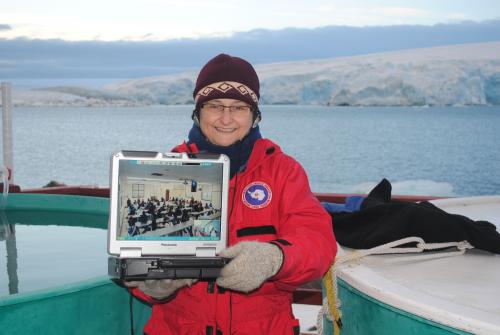
For those of you who weren't there, I'll fill you in. Both Kristin and Lisa spoke with the everyone. They answered questions about the research and life down here. Lisa took her coat off to show off her Lindblom T-shirt. (You can order one too if you like. In Chinese or Arabic that says "Studying Chinese is Cool" or "Studying Arabic is Cool") Ooops, I'm straying off topic. After that I took them on a tour of Palmer Station, showed them some fish, walked around the station both inside and out, and answered even more great questions. Very fun!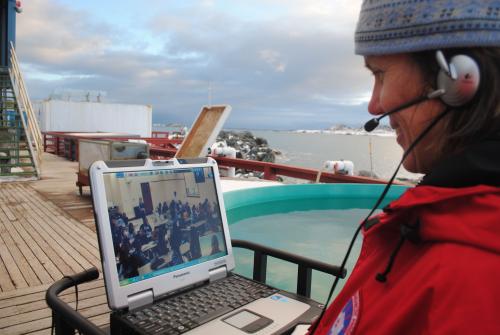
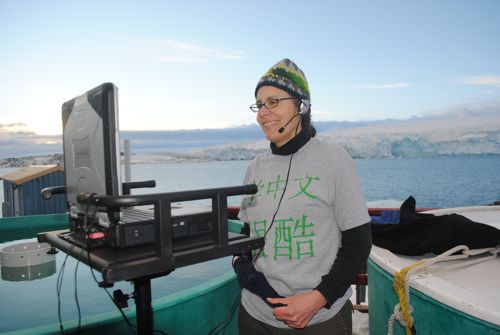
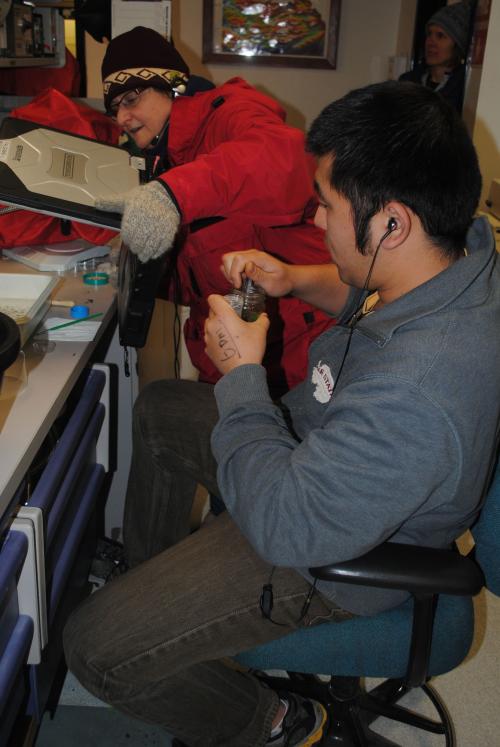
A little background - there a lots of types of man-made satellites. They are launched into space and will have within them a computer, a radio, a power source and then depending what type of satellite it is - it will have other components. We were communicating through a communications satellite. Yes, obvious point. A communications satellite will be filled with transponders - radios that allow the conversations to be transmitted. All of this was possible because of electromagnetic waves. What I say in Antarctica will be picked up at a frequency by the satellite, it will be amplified and then sent back to Lindblom at another frequency. Frequency? Think back to our unit on photosynthesis - remember the wave spectrum? Well, radio waves are on that spectrum too. These are the bare bone basics of how our conversation took place yesterday. 
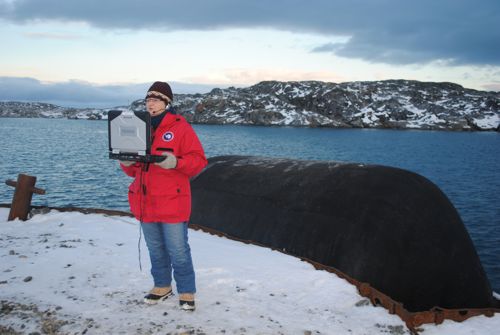


Comments